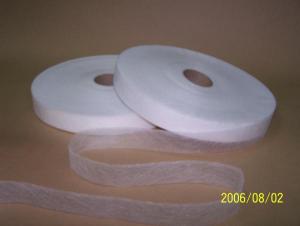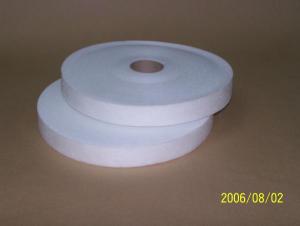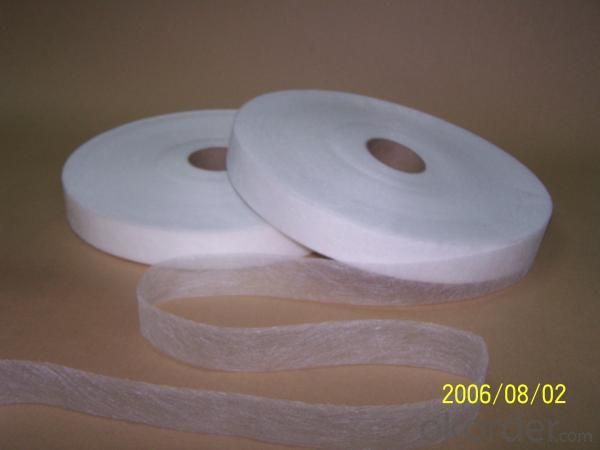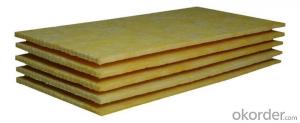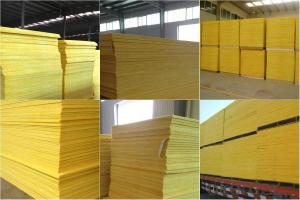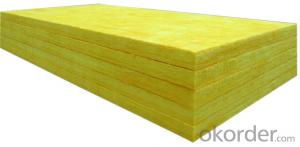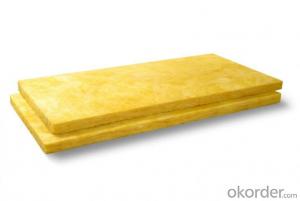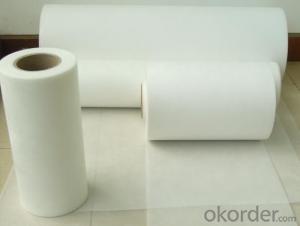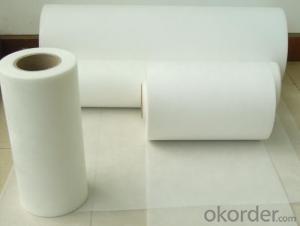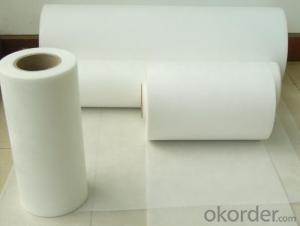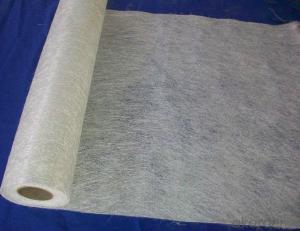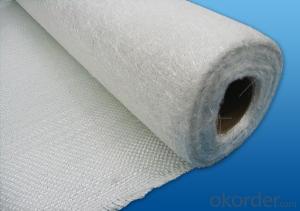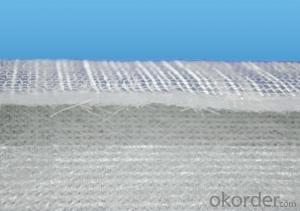Fiberglass Mat Tissue e-Glass Fiber Tissue Mat
- Loading Port:
- China Main Port
- Payment Terms:
- TT or LC
- Min Order Qty:
- 5000 Square Meter m²
- Supply Capability:
- 7000000 Square Meter m²/month
OKorder Service Pledge
OKorder Financial Service
You Might Also Like
Introduction of E-glass Fiber Tissue Mat
Fiberglass tissue Mat is mainly used for the surface layers of FRP products. It has good capability like fiber dispersion, smooth surface, low binder content, fast resin impregnation and good mould obedience. It is capable of significantly improving the strength of FRP surface layer, strong impaction resistance, excellent uniformity of surface, good covering up the texture of under layers and good corrosion resistance.
specification of E-glass Fiber Tissue Mat
Size: 20g/, 30g/, 35g/, etc.
Width: 50mm, 75mm, 100mm, 1000mm, etc.
Length: 400m, 500m, 1000m, etc.
All set of production lines are introduced from Germany.
Packaging & Delivery of E-glass Fiber Tissue Mat
Packaging Detail: carton & pallet
Delivery Detail: Within 15 days after confirm order
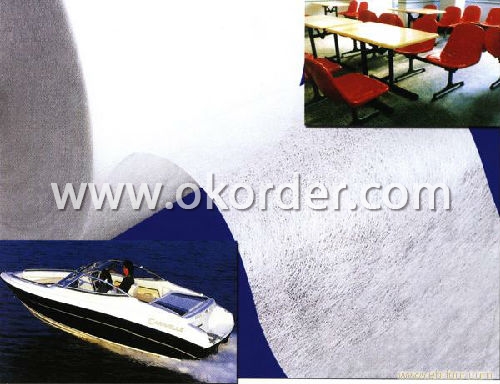
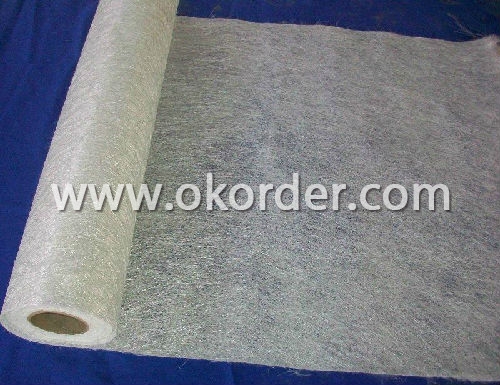
- Q: Can fiberglass mat tissue be used for reinforcing fiberglass roofs?
- Yes, fiberglass mat tissue can be used for reinforcing fiberglass roofs. Fiberglass mat tissue is a thin, lightweight material made of fine fibers that are bonded together with a binder. It is commonly used as a reinforcing layer in fiberglass composites, providing strength and durability. When it comes to fiberglass roofs, fiberglass mat tissue can be applied as an additional layer to enhance the structural integrity of the roof. It helps to distribute the load evenly across the surface, making the roof more resistant to cracks, leaks, and other damages. Fiberglass mat tissue is typically used in conjunction with other fiberglass products, such as resin and fiberglass cloth, to create a strong composite material. The mat tissue is placed on top of the fiberglass cloth before applying the resin. The resin then saturates the mat tissue, creating a bond between the layers. This combination creates a reinforced fiberglass roof that is stronger and more durable. Furthermore, fiberglass mat tissue can also provide thermal insulation properties to the roof, helping to regulate temperature and reduce energy consumption. It can resist heat transfer, preventing excessive heat buildup in the building during hot weather. Overall, fiberglass mat tissue is an excellent choice for reinforcing fiberglass roofs. It adds strength, durability, and thermal insulation properties to the roof, making it a reliable option for both residential and commercial buildings.
- Q: Can fiberglass mat tissue be used for making insulation blankets?
- Yes, fiberglass mat tissue can be used for making insulation blankets. Fiberglass mat tissue is a lightweight and flexible material that is commonly used in insulation applications. It offers excellent thermal insulation properties, as well as resistance to fire, moisture, and chemicals. Additionally, fiberglass mat tissue is easy to handle and install, making it an ideal choice for creating insulation blankets that can be used in various industries, such as construction, automotive, and aerospace.
- Q: Can fiberglass mat tissue be used for insulating concrete forms (ICFs)?
- Yes, fiberglass mat tissue can be used for insulating concrete forms (ICFs). Fiberglass mat tissue acts as a reinforcement layer that can be applied directly to the surface of ICFs. It helps to provide additional strength and durability to the concrete, while also enhancing the insulation properties of the ICF system. The fiberglass mat tissue is typically embedded in a thin layer of adhesive or mortar, which helps to bond it to the ICF surface. This combination of fiberglass mat tissue and adhesive or mortar creates a strong, insulated barrier that helps to minimize heat loss and improve energy efficiency in a building. Additionally, fiberglass mat tissue is lightweight and easy to handle, making it a convenient choice for ICF installations.
- Q: Can fiberglass mat tissue be used in high-temperature applications?
- No, fiberglass mat tissue cannot be used in high-temperature applications.
- Q: Does fiberglass mat tissue provide good fire protection?
- No, fiberglass mat tissue does not provide good fire protection.
- Q: Does fiberglass mat tissue require any special tools for installation?
- Yes, fiberglass mat tissue may require some special tools for installation. These tools can include a utility knife or scissors for cutting the mat to the desired size, a roller or brush for applying adhesive or resin to secure the mat to the desired surface, and safety equipment such as gloves and goggles to protect the installer from potential hazards. Additionally, some installations may require the use of a heat gun or torch to activate or cure the resin. It is important to read and follow the manufacturer's instructions and recommendations for the specific fiberglass mat tissue being used to ensure proper installation and to determine if any special tools are required.
- Q: Does fiberglass mat tissue require any special precautions during cutting?
- Yes, fiberglass mat tissue requires special precautions during cutting. It is important to wear protective clothing, gloves, and a respirator to prevent inhaling the fine fibers that can be released during the cutting process. Additionally, using a sharp blade or scissors is recommended to ensure clean cuts and minimize the risk of fraying or splintering.
- Q: How is fiberglass mat tissue used in the production of storage containers?
- Fiberglass mat tissue is commonly used in the production of storage containers to reinforce and strengthen the structure. It is typically applied as a layer between the layers of resin and fiberglass to improve the container's durability and resistance to cracking or breaking. The fiberglass mat tissue acts as a reinforcement material, providing additional strength and stability to the container, making it more suitable for heavy-duty storage purposes.
- Q: How does fiberglass mat tissue perform in terms of moisture vapor transmission?
- Moisture vapor transmission is not a strong suit of fiberglass mat tissue. Its permeability to moisture vapor is extremely low, which effectively stops moisture from penetrating. This quality makes fiberglass mat tissue perfect for situations that demand strict moisture control and prevention, like in roofing and insulation materials. The limited moisture vapor transmission rate of fiberglass mat tissue aids in preserving the structure's integrity by averting moisture accumulation, condensation, and potential harm caused by mold or rot.
- Q: Can fiberglass mat tissue be used for repairing automotive parts?
- Yes, fiberglass mat tissue can be used for repairing automotive parts. Fiberglass mat tissue is a versatile material that is commonly used for reinforcing and repairing various surfaces, including automotive parts. It is particularly useful for repairing parts that are made of fiberglass, such as car bodies and panels. Fiberglass mat tissue is a thin and flexible material that is made up of randomly oriented fiberglass strands. It is designed to be easily molded and shaped to fit the contours of the damaged automotive part. The mat tissue is typically applied with a resin, such as polyester or epoxy, which binds the fibers together and creates a strong and durable repair. When used for automotive repairs, fiberglass mat tissue provides several benefits. Firstly, it is lightweight, which is important for maintaining the overall weight and balance of the vehicle. Additionally, it is resistant to corrosion and can withstand exposure to various weather conditions, making it suitable for all types of automotive repairs. Moreover, fiberglass mat tissue is known for its high tensile strength, which means that it can withstand the stresses and strains that automotive parts may experience during normal use. This makes it an ideal choice for repairing damaged or weakened areas, such as cracks, holes, or dents in car bodies or panels. In conclusion, fiberglass mat tissue can be effectively used for repairing automotive parts, especially those made of fiberglass. Its versatility, lightweight nature, resistance to corrosion, and high tensile strength make it an excellent choice for restoring the structural integrity and appearance of damaged automotive parts.
1. Manufacturer Overview
| Location | Hebei,China |
| Year Established | 2008 |
| Annual Output Value | Above US$20 Million |
| Main Markets | Mid East;Western Europe:South Asian |
| Company Certifications | ISO9001:2000;ISO14001:1996;GB/T28001:2001 |
2. Manufacturer Certificates
| a) Certification Name | |
| Range | |
| Reference | |
| Validity Period |
3. Manufacturer Capability
| a) Trade Capacity | |
| Nearest Port | Tianjin |
| Export Percentage | 80% |
| No.of Employees in Trade Department | 350 People |
| Language Spoken: | English;Chinese;Korean |
| b) Factory Information | |
| Factory Size: | Above 100,000 square meters |
| No. of Production Lines | Above 12 |
| Contract Manufacturing | OEM Service Offered;Design Service Offered |
| Product Price Range | Average |
Send your message to us
Fiberglass Mat Tissue e-Glass Fiber Tissue Mat
- Loading Port:
- China Main Port
- Payment Terms:
- TT or LC
- Min Order Qty:
- 5000 Square Meter m²
- Supply Capability:
- 7000000 Square Meter m²/month
OKorder Service Pledge
OKorder Financial Service
Similar products
Hot products
Hot Searches
Related keywords
